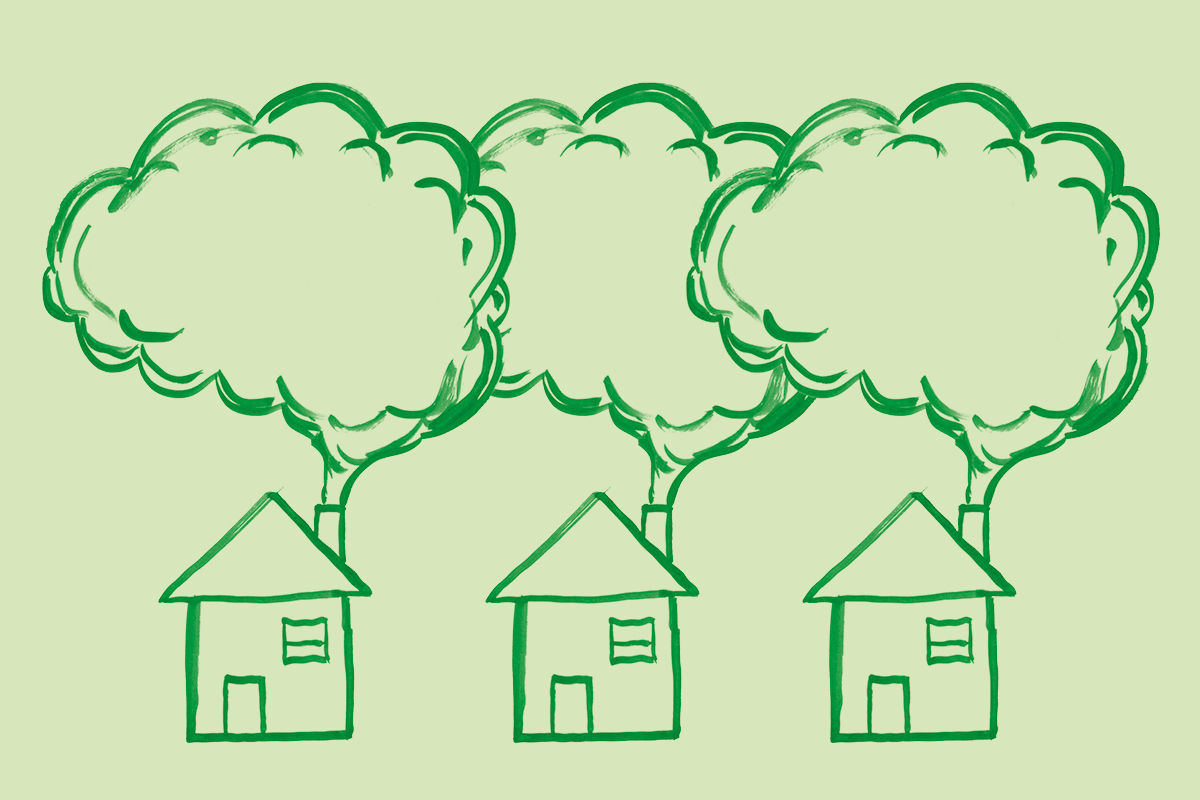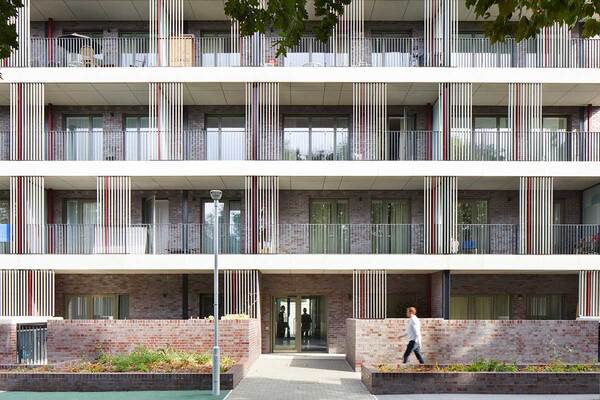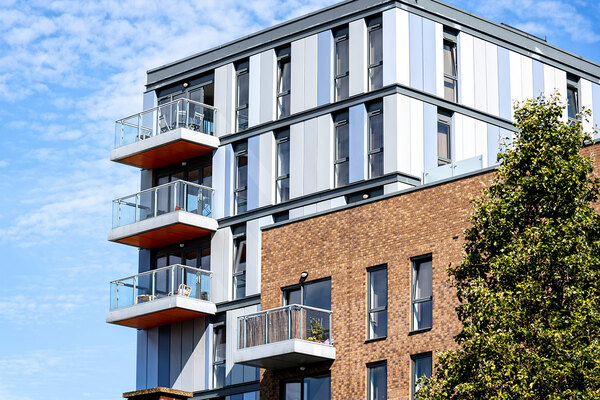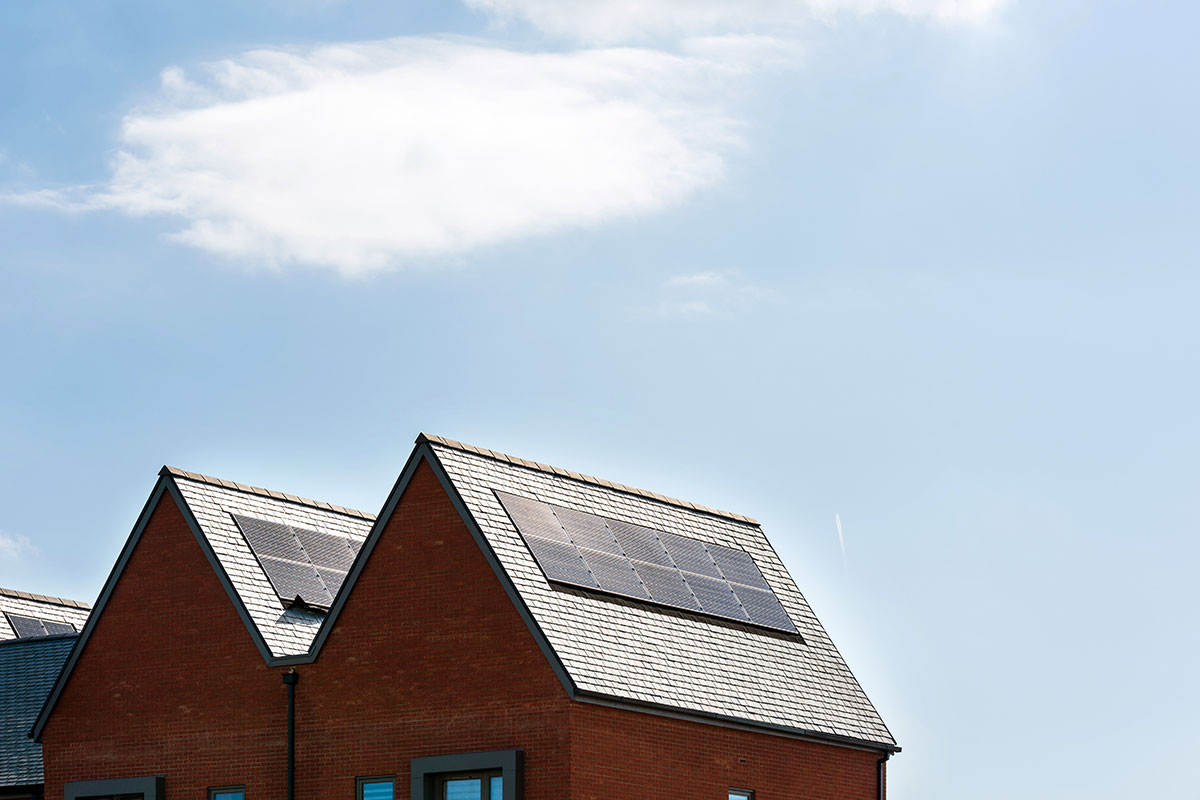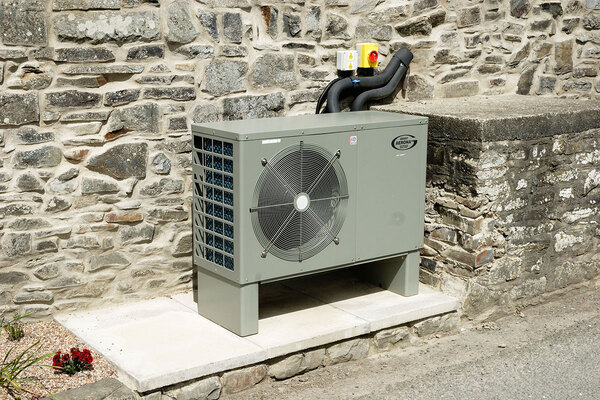Explainer: how to measure a social landlord’s carbon footprint
Jess McCabe examines what we know, and what we don’t know, about the climate impact of social landlords
How much do social landlords contribute to greenhouse gas emissions? At the moment, we surprisingly do not have good answers to this question – even though this data is pretty crucial if associations are really going to attempt to reach ‘zero carbon’ as organisations. How do you know if you are even reducing emissions if you do not know what they are?
Landlords do not currently have to report their carbon emissions as a regulatory requirement. But there is an international standard used by all sorts of organisations across the world to do so – called the Greenhouse
Gas Protocol – which breaks down how to calculate a greenhouse gas ‘inventory’. These are:
- Scope one: direct emissions, for example through burning fossil fuels. This could include burning gas in a communal heat network or fuelling a fleet of repair vans
- Scope two: purchased electricity and heat, eg lighting and heating the housing association’s headquarters
- Scope three: this includes all the other indirect emissions, such as materials bought for a construction site, employees commuting and – the big one for social landlords – gas and electricity used by residents to heat and light their homes
Landlords may not be publishing these numbers, but some are definitely doing the calculations. Several consultancies were able to share anonymised figures with Inside Housing which at least give a flavour of the situation.
Nicholas Doyle, director of Adecoe, sums up: “Homes remain by far the biggest carbon impact by a long, long mile.”
As a rough guide, he says that roughly 90% of emissions come from energy used to heat and light homes and the rest from the ‘operational’ side of running an association.
SHIFT Environment shared an average of its last five calculations of carbon emissions for landlords. This paints a similar picture:
- 94.7% of CO2 emissions come from homes. This was calculated using modelling, rather than directly measuring emissions
- 0.43% of CO2 emissions come from offices – gas and electricity
- 4.61% of CO2 emissions come from everything else – maintenance fleet, business mileage, communal areas in care homes, street lighting etc
There is a significant problem about how reliable some of this data is, however. Landlords have some information, such as Energy Performance Certificates for each home, which allow them to make an estimate of tenants’ energy usage. But unless associations are actually supplying the heat through a communal heating system, for example, they generally will not know how much energy each tenant uses in reality.
“Homes remain by far the biggest carbon impact by a long, long mile”
More questions remain about the wider supply chain of landlords. Clarion has published some information on its emissions, but not yet all of it. William Ray, its head of sustainability, explains there is a “missing piece of the puzzle”, which is reliable data on emissions from the supply chain, such as contractors, maintenance and construction. Unless each supplier is providing this, then it is hard to work out the emissions a landlord is responsible for.
“My hypothesis is that supply chain emissions are also likely to be significantly larger than our direct footprint,” he says. He predicts they will “require careful control through procurement policies and good monitoring and reporting through contract management processes”.
So we do know roughly what is going on with associations’ emissions. But without a regulatory reason to publish this information in detail, what social landlords do share is patchy, hard to compare and tends to focus on the easiest to calculate (emissions from office buildings, for example), not on the bit with the biggest impact.
Sign up for our asset management newsletter
Already have an account? Click here to manage your newsletters
